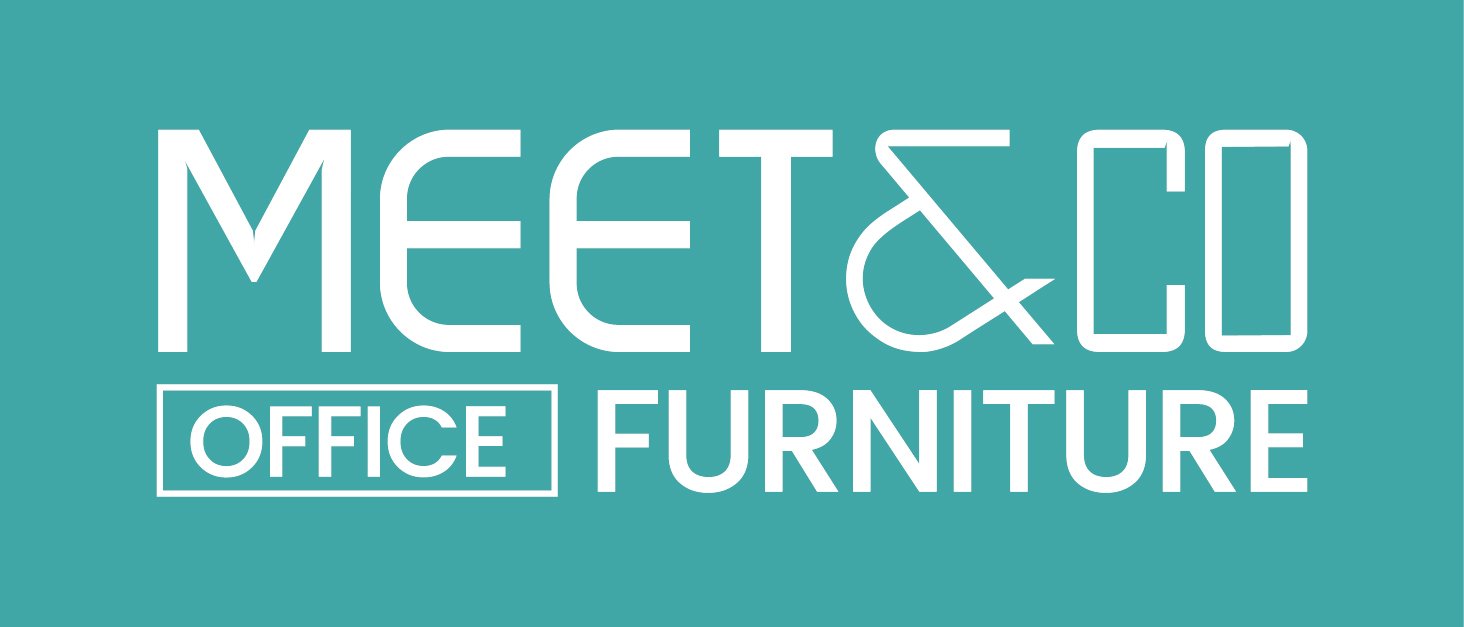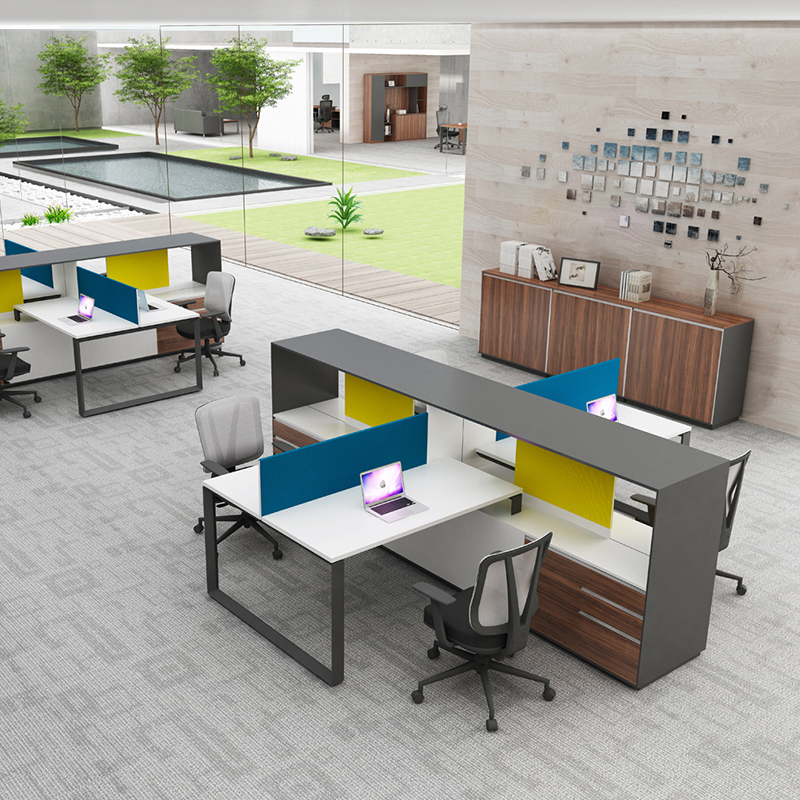Office Furniture
When you think about office furniture, you probably have an image of the stuff in offices. The furniture in these areas typically creates workspaces for employees and contains supplies and wires. You might think about office chairs, desks, and other items that resemble chairs. But do you really know what they are? Read on to discover what office furniture is all about. And what should you avoid when choosing office furniture? It all starts with knowing what your office furniture needs are.
Items normally associated with the occupancy or use in such areas as offices, conference and reception rooms, lobbies, and libraries
A room is categorized as specialized or service if it serves more than one type of office or group of offices. Examples of service areas include break rooms, kitchenettes, fax and copy rooms, and vaults. Private rest rooms are also included in office service areas. Various items normally associated with the occupancy or use of such areas include counseling and testing rooms.
Buildings should also include areas such as janitor closets, elevator lobbies, and public restrooms. These areas should be considered part of the ADA accessibility calculations. However, certain areas are not included in this calculation. For example, fire-proof rooms, elevator lobbies, and receiving areas should not be included in the area. In addition, private toilets and other non-assignable areas are not included in the calculation.
Assemblies are another area that is not directly accessible by the public. These spaces are used for staff and faculty and are generally furnished with upholstered furniture, drapes, and carpeting. Sometimes, they include vending machines. Another room for selling products is a merchandising service room. Similarly, a locker room is used for changing clothes. Bathrooms are usually provided at the same location.
Classrooms are generally designated for scheduled instruction. Some classrooms are called lecture-demonstration rooms. They are often equipped with computers and other telecommunications equipment, such as a fax machine. They are generally not used for storage, however, as they are not specifically intended for such purposes. A classroom serves as a study room, but it is not restricted to one discipline or subject.
Class laboratories are designed for group instruction and are furnished with equipment appropriate to that discipline. These spaces typically have limited access to other disciplines. Examples of open laboratories include computer labs, projection rooms, telecommunications control booths, band and choral rehearsal rooms, theater stage areas, and dance studios. Some classrooms have separate computer labs.
The design and construction of multi-level lobbies should address the accessibility needs of visitors. For example, public lobbies must accommodate a future security station. This facility may include a metal detector and identity check stations. Other features may include portable lifts, ramps, and turnstiles. The design should also include adequate space for queuing. Moreover, an arcade can emphasize the main entrance.
Items that create workspaces for employees
The world market is changing, and so do the working conditions for employees. A workspace must support the needs of employees to foster productivity and engagement. Studies show that one-third of employees do not feel engaged at work. In order to improve engagement and productivity, workspaces must support collaboration, concentration, and inspiration. Fortunately, there are plenty of ways to design workspaces that encourage employee satisfaction and retention. Below are three tips to make workspaces more appealing to employees.
Invest in flexible workspaces. This style can be created with multipurpose areas, workstations, conference tables, comfortable chairs, and private nooks. A flexible workspace encourages employee movement and collaboration, which ultimately increases productivity. Flexible workspaces allow for smaller floor plans and can easily be customized to suit changing needs. The design of the workspace communicates the company’s culture and the expectations that employees should meet. The key to employee happiness is flexibility.
Items that provide storage for supplies
When choosing office furniture, consider purchasing items that will provide storage for supplies. File cabinets and other storage options can be useful for holding bulky items. Rolling carts are a convenient and portable option for office storage. They can also double as a desk accessory, hidden right next to the desk. Another option is a coat rack that can be mounted above a desk. These accessories help keep items out of sight but allow you to use them for long-term storage.
Storage carts are also great options. Compared to cabinets, storage carts are sleek and portable, and can be moved from room to room. A company called Storables makes a wide variety of office supply storage products that will help you organize your items for easy browsing. Boxes are another essential piece of office furniture. Not only are they inexpensive but they’re also extremely versatile. No office is complete without some type of box.
Shelves are another excellent option for office supplies. Whether you need a place to store books or file cabinets, shelves offer ample storage space while occupying minimal office space. Since they can be placed in different locations, they can be customized to fit your office’s decor and layout. They are also practical, as you can easily access them when you need them. They can be found at almost any office supply store.
Other items that provide storage for supplies in office furniture include desk racks. Desk racks keep clutter off the user’s desk and organize things for maximum efficiency. Desk racks are often made from mesh organizers or metal trays. Similarly, drawer dividers help keep things organized in drawers. Various kinds of drawer dividers are available. Unlike drawers, these trays and boxes are large enough to hold a variety of office supplies. Office storage cabinets also make larger spaces available and are ideal for bulky objects.
Wall-to-wall shelves are another great option for office storage. These storage units cover the entire wall and maximize surface space. They are the perfect option for workspaces with limited space. Furthermore, they are easy to install and are convenient for administrative personnel. Whether you’re looking to enhance the aesthetics of your office, wall-to-wall shelves are a great choice. They can be used to store all kinds of items, from office supplies to promotional materials. They can even be locked for extra security.
Items that conceal wires and power cords
Cables and power cords can be unsightly and potentially dangerous. A way to hide them is to use cable concealers. These thin pieces of plastic or rubber are designed to protect power cords and wires while keeping them organized. You can even use cable clips to keep essential cords together. Cable covers hide cables and prevent them from being tripped over by employees and visitors. This article will show you how to use these items.
A cable concealer can hide power cords and cables behind a desk. This handy item is inexpensive and can be found for as little as $16 on Amazon. Another option is a cord clip, which can be purchased for under $10 on Amazon. You can also use trunking or cord covers to hide long cables. Lastly, you can buy a cable box that keeps power strips, chargers, and cable ties organized. These can also be found for as little as $9 on Amazon.
Another way to hide power cords is to install power outlets. Instead of hiding the cords, you can install them on the floor. Using a cable hider will keep your workspace clutter-free, and protect your electronics from animals’ teeth. Make sure to choose a cord hider with a one-year warranty. For best results, use a power strip that has enough outlets and enough space between them.
Cable sleeves are another useful option. These are flexible foam tubes that allow you to corral loose cords. They are especially useful for users who use power outlets directly in the floor. They can accommodate eight to twelve wires, while avoiding unsightly cable clutter. They help reduce the distractions of an office, and improve productivity. But it takes extra work and attention to detail to create a clutter-free workspace.

